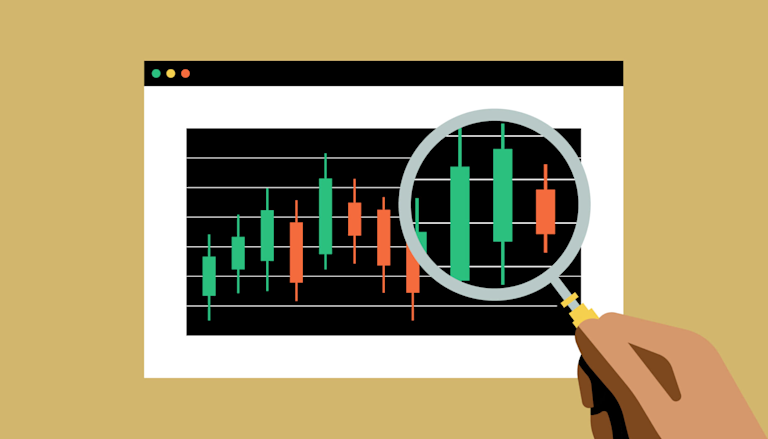
Crypto Trading Forecast: Analyzing the Future of Digital Currencies
The world of cryptocurrency is undeniably complex and fast-paced. Traders and investors face a wide array of challenges, from market volatility to regulatory changes. To navigate these turbulent waters, it’s crucial to rely on informed forecasts and analysis. In this article, we will delve into the current trends, potential future movements, and factors influencing the crypto market. For deeper insights, Crypto Trading Forecast click here.
Understanding Market Trends
In the realm of crypto trading, understanding market trends is key. Various factors contribute to these trends, including economic indicators, investor sentiment, technological advancements, and geopolitical events. By analyzing these elements, traders can make better-informed decisions.
Technical Analysis: Tools of the Trade
Technical analysis involves studying price charts and patterns to predict future movements. Traders use various indicators, such as moving averages and Relative Strength Index (RSI), to identify potential entry and exit points. For instance, the Golden Cross—a bullish signal that occurs when a shorter moving average crosses above a longer moving average—can indicate potential upward momentum.
Fundamental Analysis: Beyond the Charts
While technical analysis focuses on price movement, fundamental analysis examines the underlying factors that may influence a cryptocurrency’s value. This includes factors like the project’s development team, use cases, and market adoption. Keeping track of news events, regulatory changes, and technological advancements is essential for any trader seeking to understand the fundamental landscape of a cryptocurrency.
Predictions for the Upcoming Year
As we look ahead, several trends are emerging that could shape the future of crypto trading:
1. Increased Adoption of Decentralized Finance (DeFi)
DeFi has gained significant traction over the past few years, offering users the ability to lend, borrow, and trade without the need for traditional banking institutions. As more individuals and institutions embrace decentralized finance, we can expect an increase in the demand for cryptocurrencies that facilitate these services.

2. Institutional Investment
Institutional investors have shown increasing interest in cryptocurrencies, with many large financial institutions now offering crypto services or investing directly in digital assets. This influx of institutional capital may lead to greater stability in the markets and potentially drive prices higher.
3. Regulatory Developments
Governments worldwide are beginning to address the regulatory challenges associated with cryptocurrencies. While some regulations may be perceived as restrictive, clear guidelines can lead to more significant acceptance and potentially drive market growth. Traders should closely monitor these developments to anticipate how they could impact various cryptocurrencies.
Risk Management in Crypto Trading
Risk management is crucial in crypto trading due to the market’s inherent volatility. Here are some strategies to protect your investments:
Diversification
Spreading your investments across different cryptocurrencies can help mitigate risk. By diversifying, you reduce the impact of a poor-performing asset on your overall portfolio.
Setting Stop-Loss and Take-Profit Levels
Incorporating stop-loss and take-profit orders can help you lock in profits and minimize losses. A stop-loss order automatically sells your asset if it reaches a certain price, helping to protect your investment from significant downturns.
Staying Informed
Continuous education and staying updated on market news are pillars of effective trading. Utilization of reputable news sources, social media, and community forums can provide valuable insights into market sentiment and emerging trends.
Conclusion
The landscape of crypto trading is continually evolving, influenced by technological advancements, regulatory changes, and market sentiment. While predictions about the future can vary significantly, a solid understanding of market trends combined with sound trading strategies can guide investors towards success. By integrating technical and fundamental analysis while effectively managing risks, traders can navigate the complexities of the crypto market with greater confidence.
As we move forward, staying informed and adaptable will be essential for any trader looking to capitalize on the opportunities presented by the ever-changing world of cryptocurrency. Whether you’re a seasoned trader or a newcomer, embracing these approaches can enhance your trading experience and potentially lead to better outcomes.
